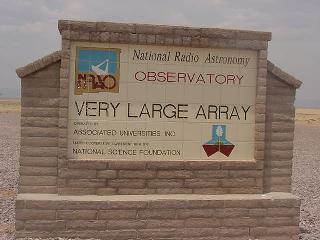
|
As you enter this is the welcome sign you will see at the VLA entrance. |
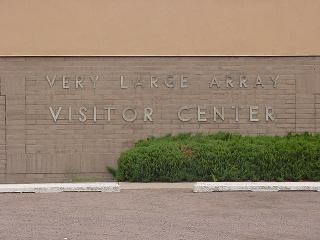
|
This is the VLA visitor center. |
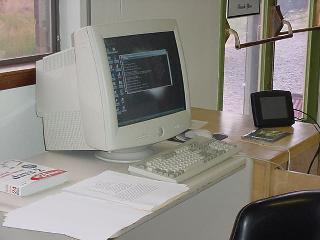
This computer, located inside the visitor center, is used to operate the visitor telescope.
|
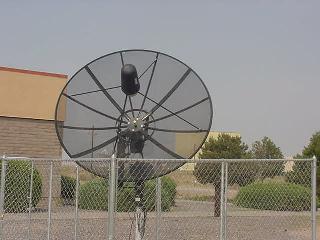
With this telescope you may observe the sun, a supernova by the name of "Cassiopeia A," and the double star named "Cygnus X-1."
|
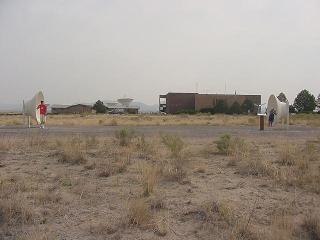
|
These antennas are small versions of the ones used in the array. They focus sound just like the radio dishes focus radio waves. |
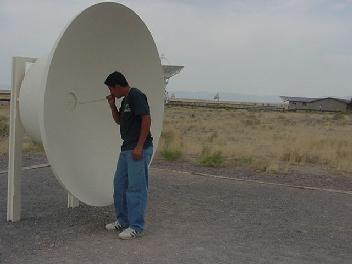
|
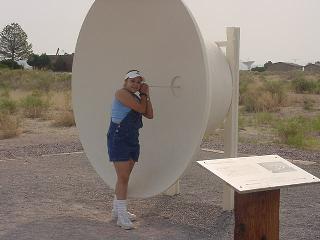 |
As you can see Joel Gonzalez is talking to
Angelica through the whisper dish. | On the
other end you see Angelica Hernandez listening. |
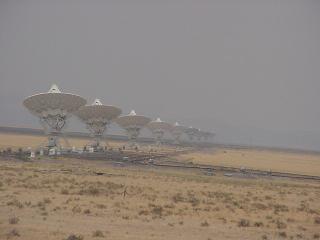
|
This is an example of one of several configurations of the VLA.
The VLA was built on the plains of San
Augustín because they are flat and far
from cities, which may cause interference with
the radio signals. |
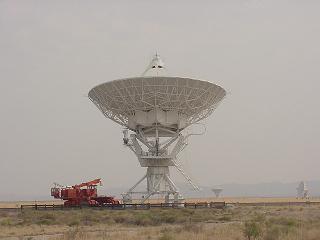
|
This is one of 27 antennas located at the VLA. Each weighs 235
tons and have the height of 94 feet (23.6 meters). |
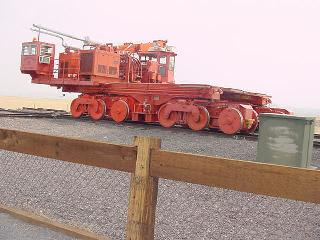
|
This is our transporter which is used to move our antennas to
different configurations. This transporter moves at three miles
per hour while carrying an antenna. |
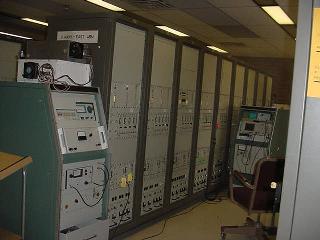
|
The D-racks receive information from the antennas and
separates it. The information about the star or galaxy is sent
to the correlator and information about temperature and wind speed is sent to the operator. |
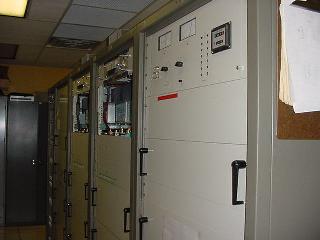
|
This correlator is used to put the information together in order
to make a picture. |
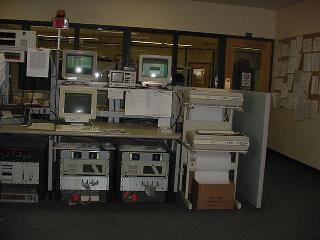
|
This is the control room where all 27 antennas are operated
from. The commands are sent to the "modcomps". |

|
The computers which control the array are called "modcomps".
The modcomps control the antennas and their movements. |
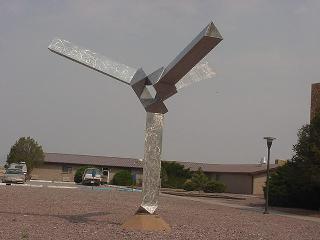
|
Thank you for visiting the virtual tour of the VLA. We hope
that you liked it and encourage you to visit in real life. If
you have any comments or questions feel free to contact us. |















